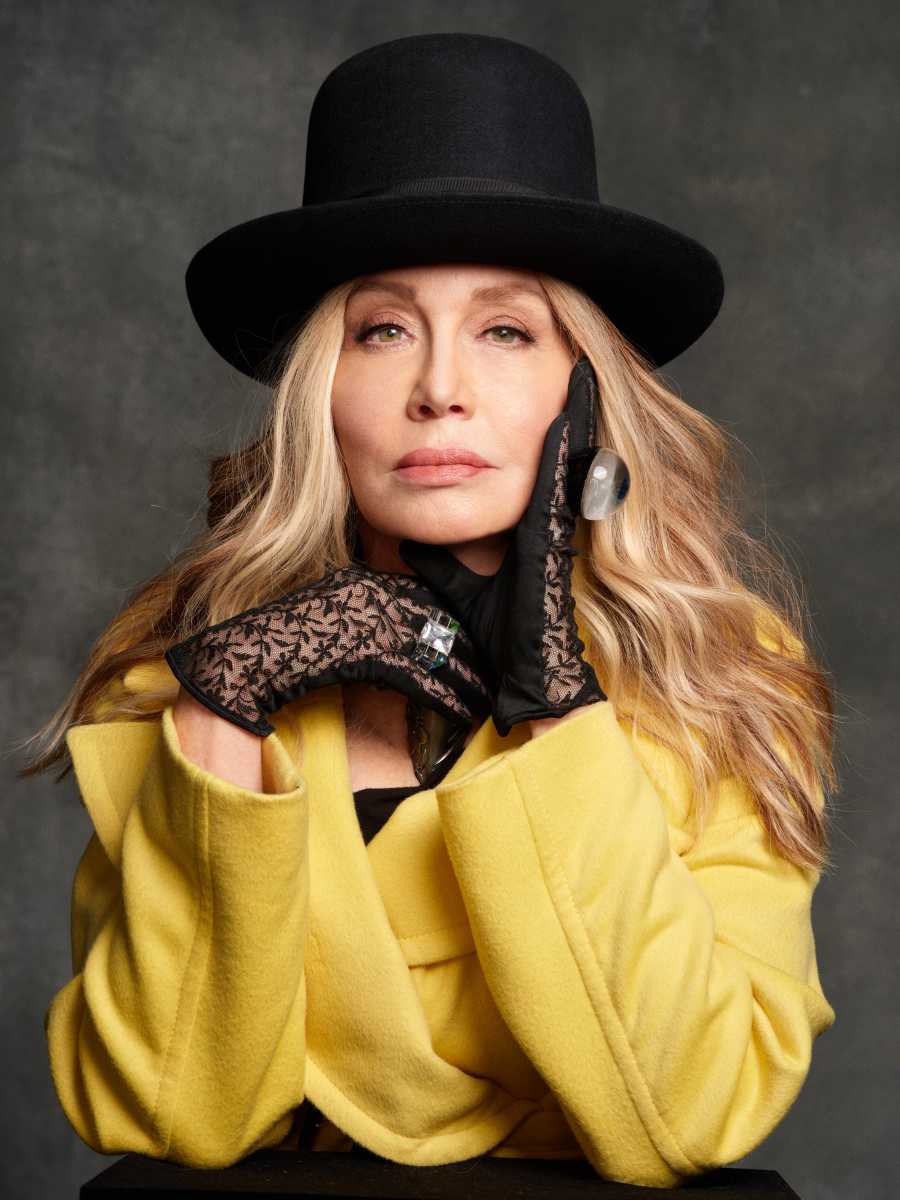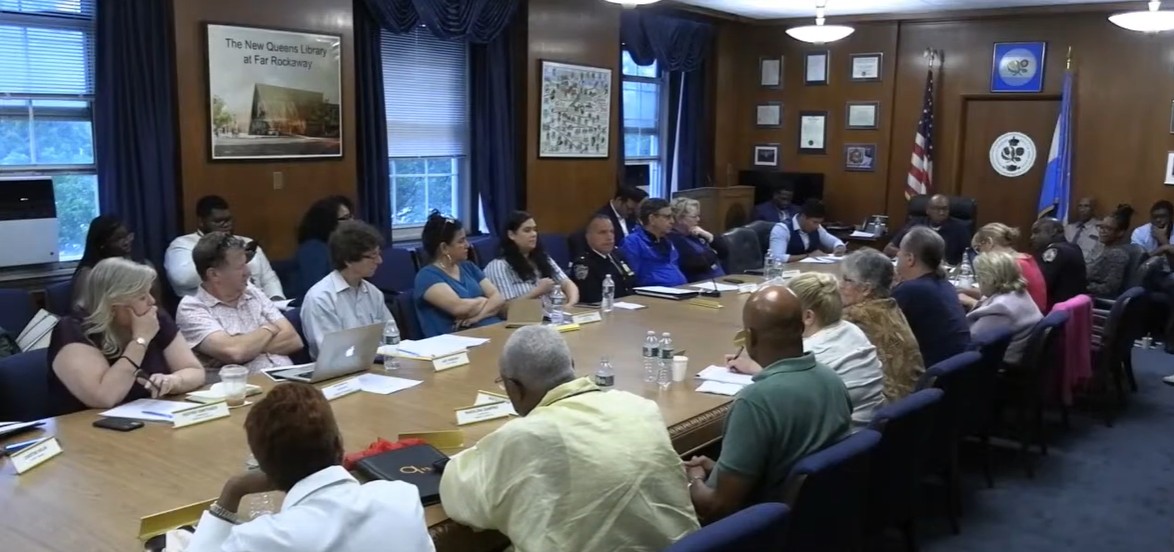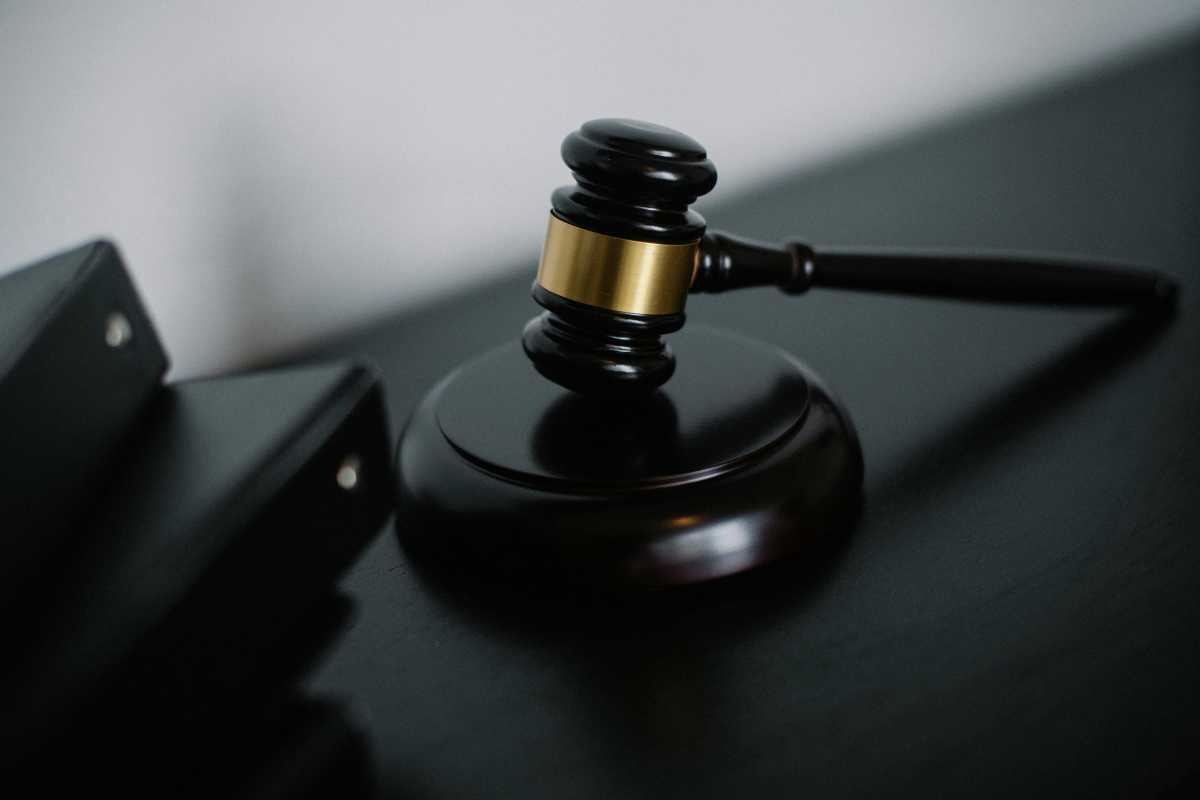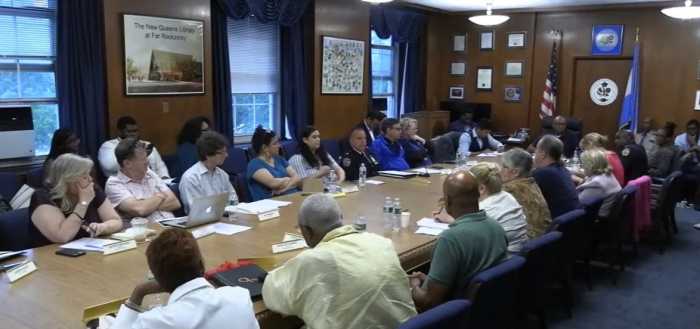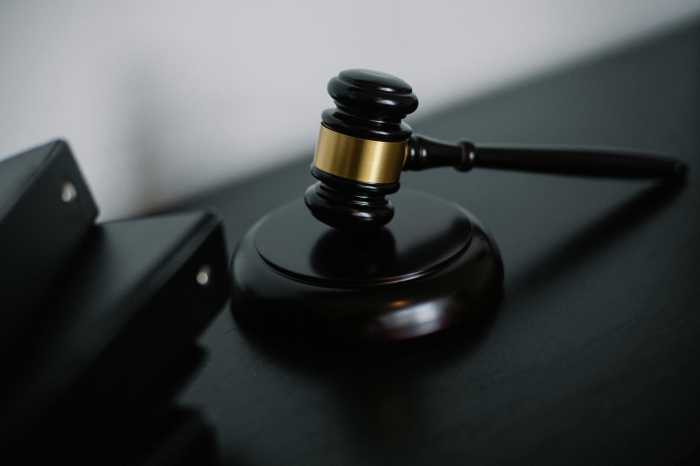
BY GABE HERMAN | Jack Taylor, a preservationist who fought to save many historic Downtown buildings, died on Feb. 8 at age 93.
Among Taylor’s victories were the Ladies Mile row of century-old buildings on Sixth Ave. in the upper teens and low 20s blocks that were landmarked in 1989; and the Tammany Hall building at 100 E. 17 St., designated a historic site in 2013 after a decades-long struggle.
A few years ago, Taylor fought a proposal to add to the Tammany building a turtle shell-shaped dome, referencing a statue inside the building.
“It’s nothing that preservationists want, as far as I’m concerned,” Taylor told The Villager in 2015. “We pressured [the Landmarks Preservation Commission] for 29 years to landmark Tammany Hall — and now we got into this.”
Taylor also noted in the article, “The Tammany building was designed to simulate the old Federal Hall on Wall St., where Washington took the oath of office. The original Federal Hall was a Georgian design — there certainly was no dome.”
Marjorie Berk, who knew Taylor since 1981 and worked with him in the Union Square Community Coalition, said he had a remarkable knowledge of the city’s buildings.
“It’s impossible to describe how strong historic preservation was in him,” she said, noting his leadership in so many preservation efforts. “He was extremely passionate about keeping as much of New York as possible.”
Taylor was a board member at U.S.C.C., and was also on the board of the Historic Districts Council, which bestowed on him its Landmarks Lion award in 1992. He was on the landmarks committees for both Community Boards 5 and 6, and was also involved with the Stuyvesant Park Neighborhood Association and the Gramercy Park Block Association.
“He worked tirelessly, I don’t think he could ever be replaced,” said Anna Sawaryn, chairperson of the Coalition to Save the East Village, who also worked with Taylor at U.S.C.C. “When he talked about old buildings, how wonderful they are and how they need to be landmarked, it was like listening to a poem.”

Jack Taylor lived on E. 18th St., according to Carol Greitzer, a former councilmember who worked with Taylor on some preservation efforts, including an unsuccessful effort to save composer Antonin Dvorak’s house on E. 17th St.
Taylor was born on April 25, 1925, in the Hotel Earle, now called the Washington Square Hotel, at 103 Waverly Place, across from the park.
He attended Trinity prep school in the city, where he was in a play with Truman Capote, and then went to Phillips Academy, in Andover, Massachusetts, where he knew George H.W. Bush, according to Berk.
Taylor served in the Army during the later years of World War II, and was stationed in England. He later attended Georgetown University and worked for the Washington Post before being an editor at Family Circle Magazine, according to The New York Times.
Taylor’s preservation work started after he retired as an editor, when he fought to save Luchow’s restaurant on E. 14 St. The famed eatery was eventually torn down in the 1990s.
Though not every effort was successful, Taylor was instrumental in saving many of the historic buildings around Union Square.
In 2015, Greitzer and Taylor co-wrote a brochure for U.S.C.C. that marked the 50th anniversary of the city’s Landmarks Law and noted the 14 buildings the group successfully supported for landmark designation. Some of those buildings include the former Bank of the Metropolis, at 31 Union Square West; The Lincoln Building, at 1 Union Square West; the former Union Square Savings Bank, at 20 Union Square East; and Tammany Hall, across from the park’s northeast corner.
“He was a nice man, had a great disposition,” said Sawaryn, who recalled spending time with him every year at U.S.C.C.’s street fair. “He was wonderful to be around. I’m going to miss him tremendously.”
Greitzer recalled that Taylor refused to buy a computer. She would receive letters in the mail from him, often relevant articles that he had duplicated, with even the envelope addresses punched out on his typewriter.
She said if you were on a board or committee with Taylor, someone would always have to be appointed to call him to let him know about the next meeting date.
“He was very proud that he got along without a computer,” she said. “I tried to tell him he was inconveniencing a lot of other people, but that didn’t seem to make any difference.”
Berk said he was modest and didn’t want the limelight, instead preferring to focus on the preservation work.
Sawaryn said of Taylor, “It’s going to take a lot of people to fill his shoes because he did a lot of wonderful things for our community.”




